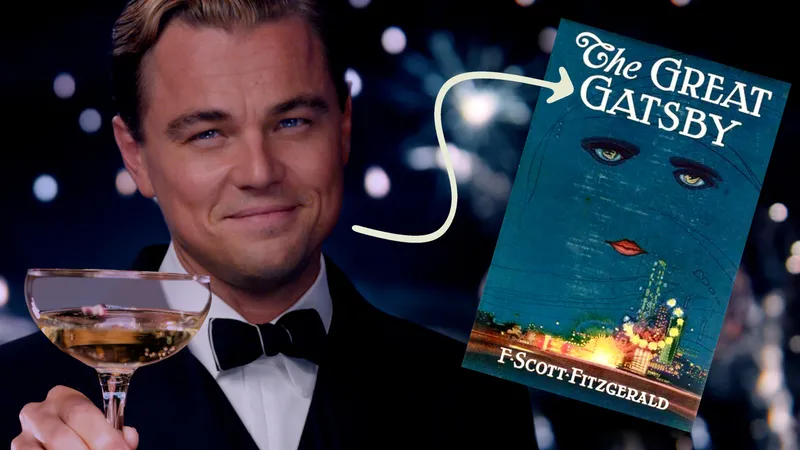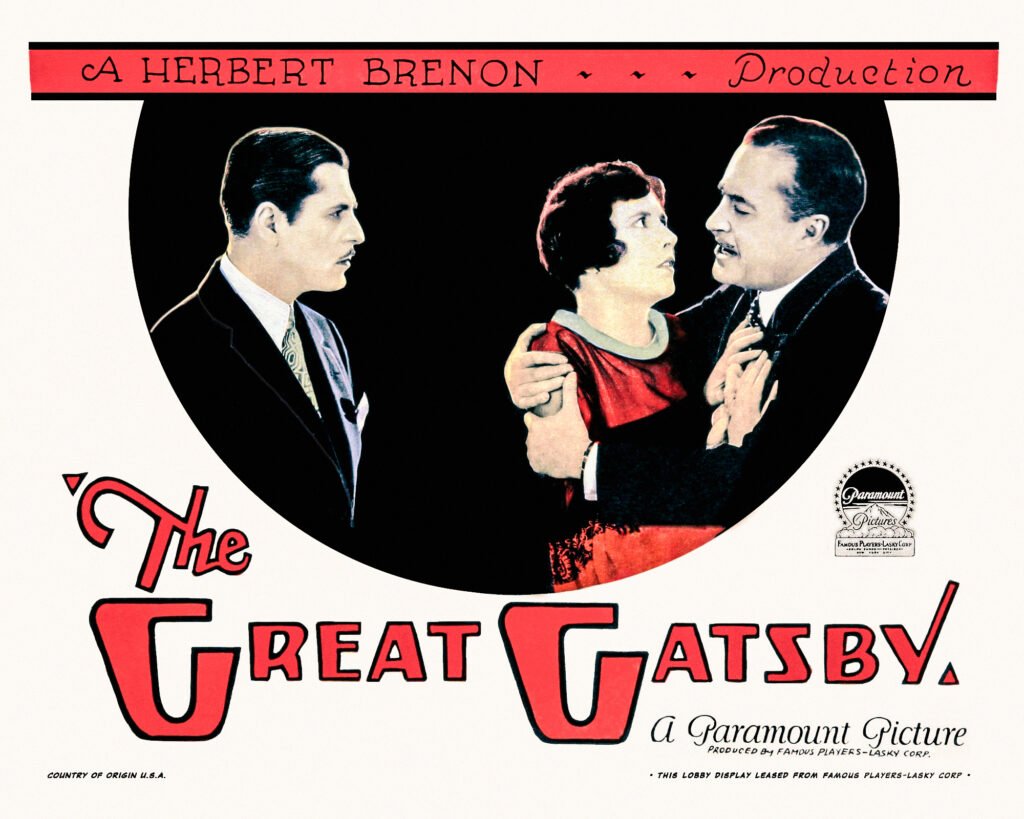Physical Address
304 North Cardinal St.
Dorchester Center, MA 02124
Physical Address
304 North Cardinal St.
Dorchester Center, MA 02124

“So we beat on, boats against the current, borne back ceaselessly into the past.” These are the haunting final words of F. Scott Fitzgerald’s masterpiece, The Great Gatsby. Published in 1925, the novel is more than just a story; it is a lyrical and devastating portrait of the American soul, a tragic poem wrapped in the glittering prose of the Jazz Age. While initially met with only modest success, it has since been canonized as a contender for the “Great American Novel.” Through its unforgettable characters and potent symbolism, The Great Gatsby serves as a profound and enduring critique of the American Dream, exposing the moral corrosion, dazzling illusion, and spiritual emptiness that can fester beneath a surface of extravagant wealth.
To understand Gatsby, one must first understand his world. The novel unfolds during the summer of 1922, in the heart of the Roaring Twenties. It was an era of unprecedented, dizzying change. The trauma of World War I had given way to a frenetic, hedonistic decade of economic boom, technological innovation, and social rebellion. Prohibition, which outlawed alcohol, ironically gave rise to a thriving criminal underworld of bootleggers and clandestine speakeasies. It was the Jazz Age, a time of flappers with bobbed hair, raucous parties, and a pervasive sense that the old rules no longer applied.
Fitzgerald masterfully uses geography to create a moral map of this new society. The story is set in and around Long Island, New York, divided into three distinct symbolic landscapes.
This glittering, chaotic world is not mere backdrop; it is the very engine of the novel’s tragedy. It is an era built on credit, speculation, and illusion—much like Gatsby’s own carefully constructed persona. The relentless parties and flowing champagne create a dreamlike state, masking a profound spiritual void.

At the center of this whirlwind is the enigmatic Jay Gatsby, a man who is more myth than reality. His lavish parties are the talk of New York, yet no one seems to know who he is or where his vast wealth comes from. Is he a German spy? A killer? A relative of the Kaiser? The truth, as revealed by the novel’s narrator, Nick Carraway, is both more mundane and more tragic.
Gatsby was born James Gatz of North Dakota, a poor farm boy with an immense capacity for wonder and a powerful ambition. He represents the quintessentially American impulse for self-invention. He sheds his past like a snake sheds its skin, meticulously crafting the persona of “Jay Gatsby,” the Oxford-educated man of immense wealth. However, the means to this end are corrupt; his fortune is built on illegal activities like bootlegging. From its inception, his dream is tainted by the criminal world that funded it.
But Gatsby’s ultimate ambition is not simply wealth; it is something far more intangible and impossible. His entire enterprise—the mansion, the hydroplane, the extravagant parties thrown for hundreds of strangers—is an elaborate stage set designed for a single purpose: to capture the attention of one person, Daisy Buchanan, the woman he loved and lost five years prior.
Herein lies the central tragedy of Gatsby and Fitzgerald’s critique of the American Dream. Gatsby’s dream is not about the future; it is about recapturing the past. “Can’t repeat the past?” he asks Nick incredulously. “Why of course you can!” He believes his money can erase time, restore a lost moment of idealized love, and buy him a place beside Daisy in the exclusive world of the old-money elite. He has conflated the American Dream of self-improvement with the acquisition of a person, turning Daisy into a symbol, a “golden girl” who represents everything he desires. He does not see the real, flawed woman, but the incarnation of his perfect, incorruptible dream.
Gatsby’s singular, obsessive vision is set against a cast of characters who are adrift in their own moral emptiness. Their stories are filtered through the eyes of Nick Carraway, a young Midwesterner who moves to West Egg and becomes Gatsby’s neighbor and confidant. Nick serves as the story’s moral witness, positioning himself as an objective observer who is “both within and without, simultaneously enchanted and repelled by the inexhaustible variety of life.” Though he claims to be one of the few honest people he knows, his own morality is complicated. He is drawn to the glamour and is ultimately complicit in the events that unfold, facilitating Gatsby’s affair with his cousin, Daisy.
It is through Nick that we see the profound hollowness of the East Egg elite, embodied by Tom and Daisy Buchanan. They are the novel’s true antagonists.
Together, Tom and Daisy are what Nick calls “careless people.” In the novel’s devastating climax, it is Daisy who is driving the car that kills Tom’s mistress, Myrtle Wilson. But it is Gatsby who takes the blame. The Buchanans simply retreat “back into their money or their vast carelessness… and let other people clean up the mess they had made.” They leave a trail of destruction—the deaths of Myrtle, her husband George, and Gatsby himself—and remain utterly untouched and unpunished.
What elevates The Great Gatsby to the realm of literary greatness is Fitzgerald’s stunningly poetic prose and his masterful use of symbolism. His language is lyrical and evocative, creating a palpable atmosphere of romantic melancholy and shimmering illusion. The novel is less a straightforward narrative than it is a sustained mood piece. This unique style is fortified by some of the most powerful symbols in American literature:
The Great Gatsby is a novel about the death of a dream. Not just Gatsby’s personal dream, but the larger American Dream itself. Gatsby does everything the myth says you should do: he reinvents himself, accumulates vast wealth, and pursues his goal with a singular, awe-inspiring determination. Yet, he fails. His tragedy suggests that the dream is a fraud. The past is irrecoverable, social class is an unbreachable fortress, and wealth alone cannot buy happiness or acceptance.
The novel’s critique of a society obsessed with status, celebrity, and material wealth remains startlingly relevant. In an age of social media influencers and performative success, Gatsby’s quest to project an image of perfection feels more familiar than ever. He is the tragic hero of a nation that has always looked to the future with boundless optimism, yet finds itself continually pulled back by the weight of its own history and illusions. The Great Gatsby is a haunting elegy for this struggle, a brilliant, beautiful, and heartbreaking story about the elusive green light and the ceaseless current that carries us all into the past